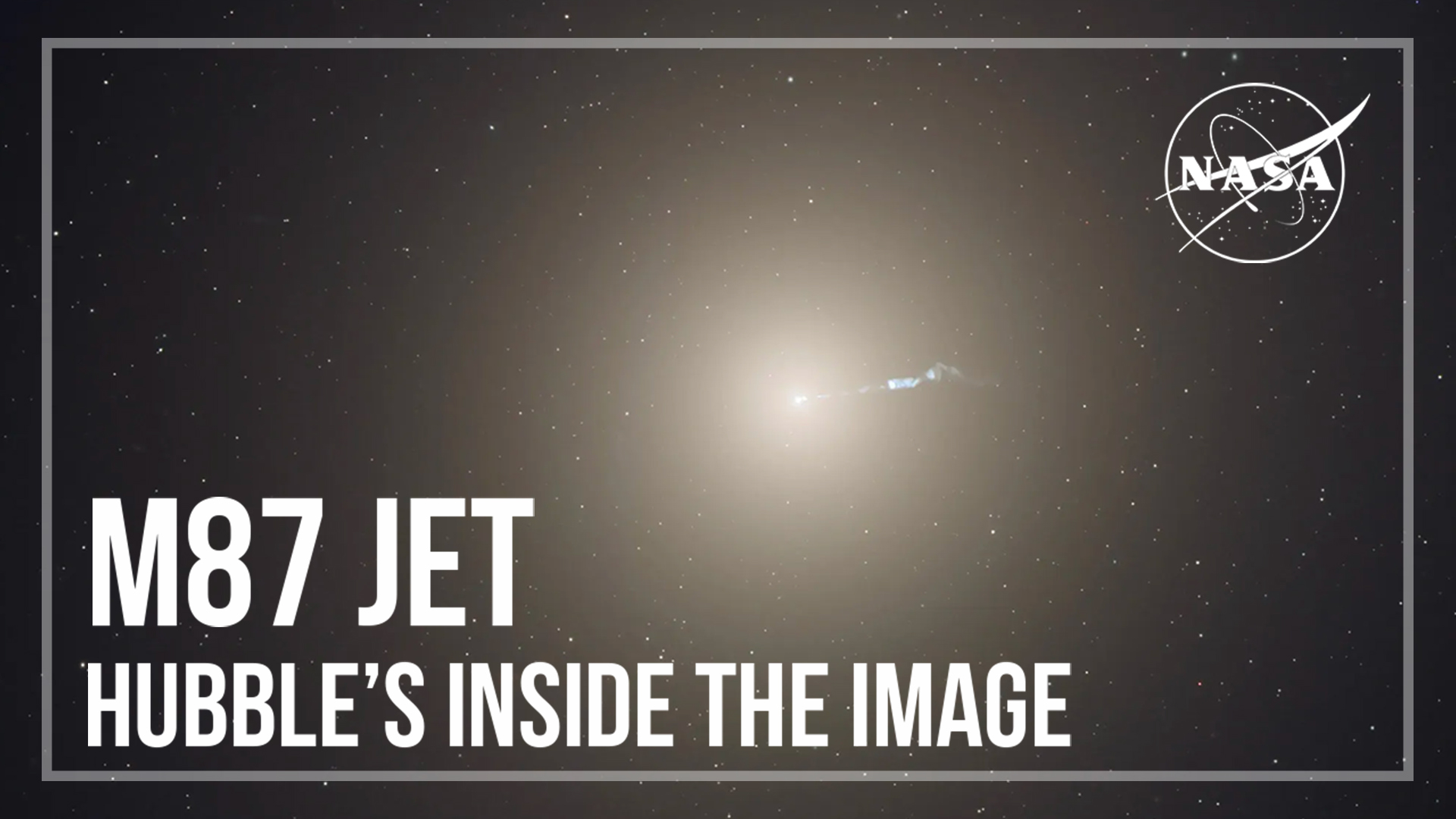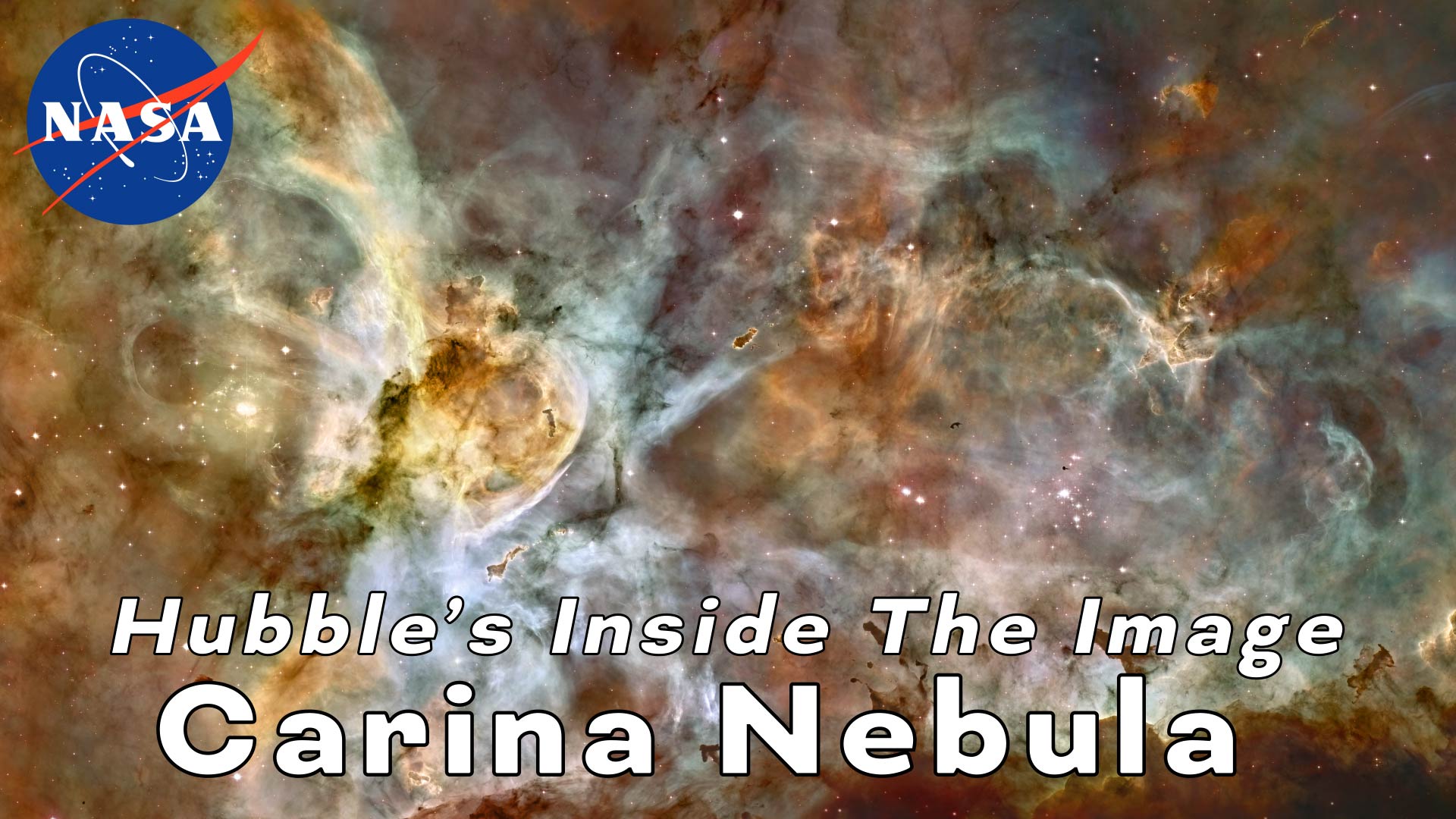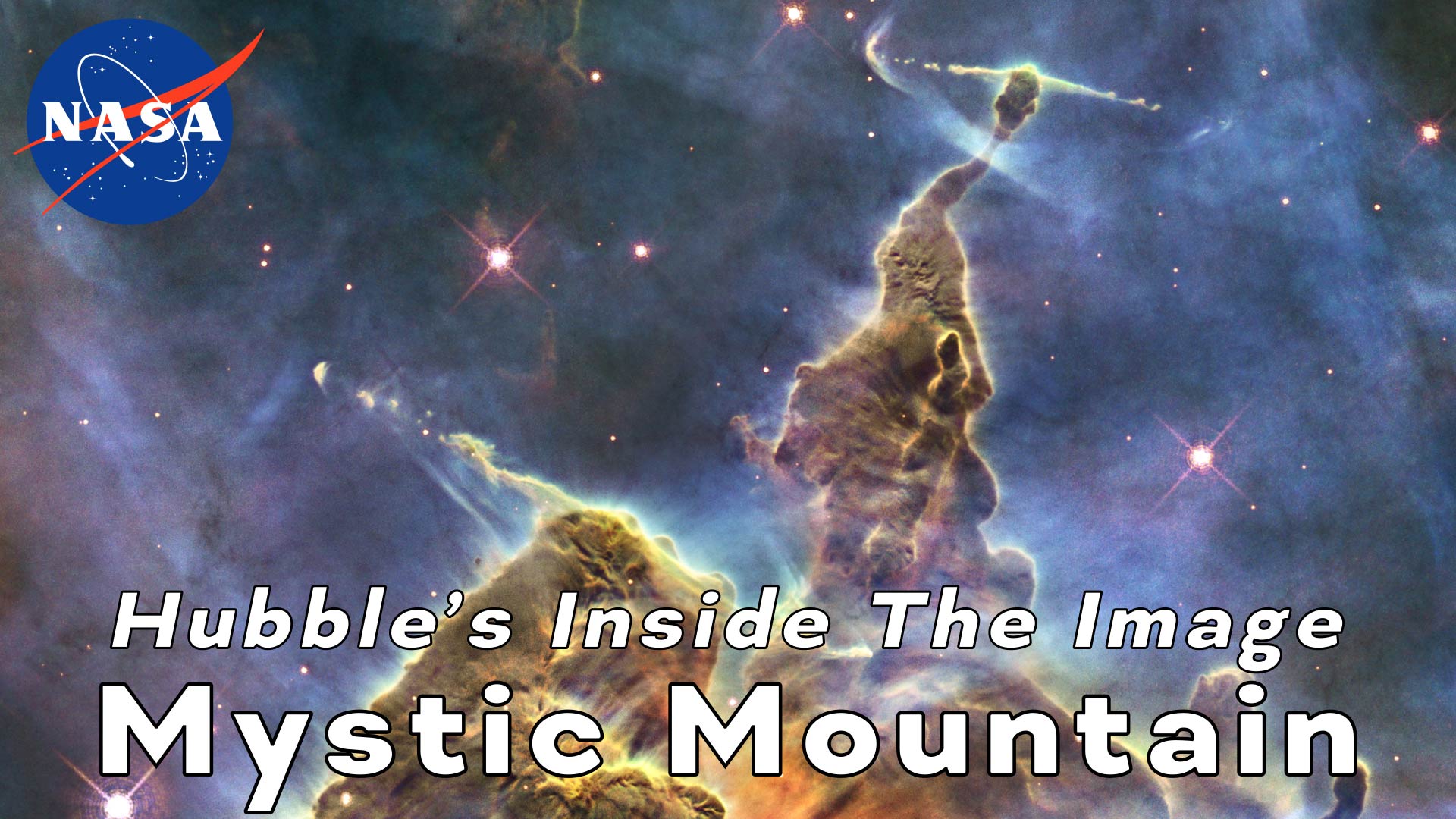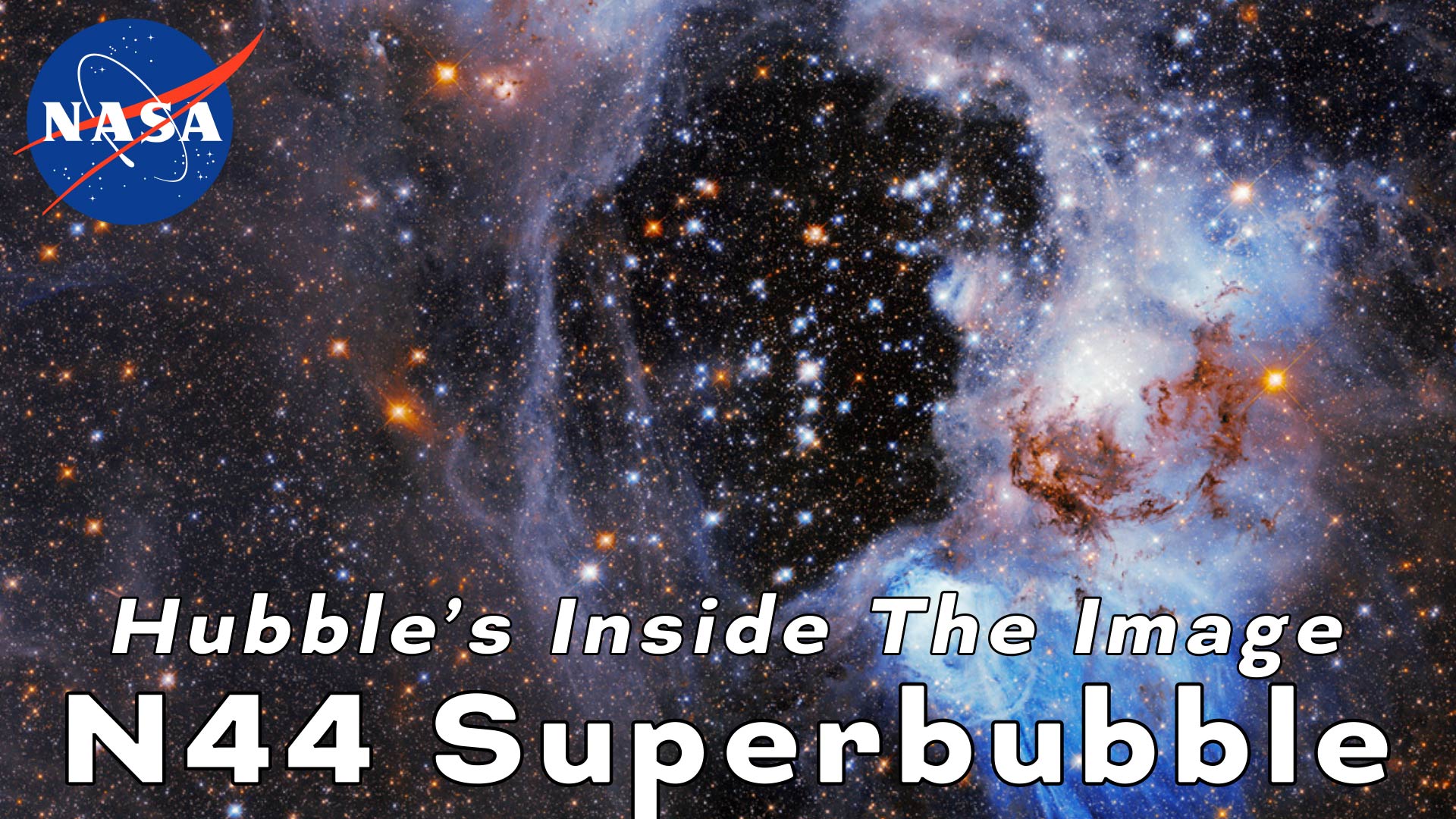Hubble’s Inside The Image: Earendel
The Hubble Space Telescope has taken over 1.5 million observations over the years. One of them is the breathtaking image of the star known as Earendel.
The star is positioned along a ripple in spacetime that gives it extreme magnification, allowing it to emerge into view from its host galaxy, which appears as a red smear across the sky.
With this observation, NASA’s Hubble Space Telescope has established an extraordinary new benchmark: detecting the light of a star that existed within the first billion years after the Universe’s birth in the Big Bang (at a redshift of 6.2) — the most distant individual star ever seen.
In this video, Dr. Brian Welch explains this fascinating phenomenon of nature, and goes over how important Hubble is to exploring the mysteries of the universe.
For more information, visit https://nasa.gov/hubble.
Credit: NASA's Goddard Space Flight Center
Producer & Director: James Leigh
Editor: Lucy Lund
Director of Photography: James Ball
Additional Editing & Photography: Matthew Duncan
Executive Producers: James Leigh & Matthew Duncan
Production & Post: Origin Films
Video Credit:
Hubble Space Telescope Animation
Credit: ESA/Hubble (M. Kornmesser & L. L. Christensen), A. Fujii, Robert Gendler, Digitized Sky Survey 2, Panther Observatory, Steve Cannistra, Michael Pierce, Robert Berrington (Indiana University), Nigel Sharp, Mark Hanna (NOAO)/WIYN/NSF
Dark Matter Gravitational Lensing Animation
Credit: NASA's Goddard Space Flight Center Conceptual Image Lab
Music Credit:
"Transcode" by Lee Groves [PRS], and Peter George Marett [PRS] via Universal Production Music
"Frozen Waves Instrumental" by Matthew Nicholson [PRS], and Suki Jeanette Finn [PRS] via Universal Production Music
Master Version
Horizontal version. This is for use on any YouTube or non-YouTube platform where you want to display the video horizontally.
Vertical Version
This vertical version of the episode is for IGTV or Snapchat. The IGTV episode can be pulled into Instagram Stories and the regular Instagram feed.
Credits
Please give credit for this item to:
NASA's Goddard Space Flight Center. However, please credit individual items as indicated above.
-
Producer
- James Leigh (Origin Films)
-
Support
- Paul Morris (KBR Wyle Services, LLC)
-
Technical support
- Aaron E. Lepsch (ADNET Systems, Inc.)
Release date
This page was originally published on Thursday, March 30, 2023.
This page was last updated on Wednesday, May 3, 2023 at 11:43 AM EDT.





